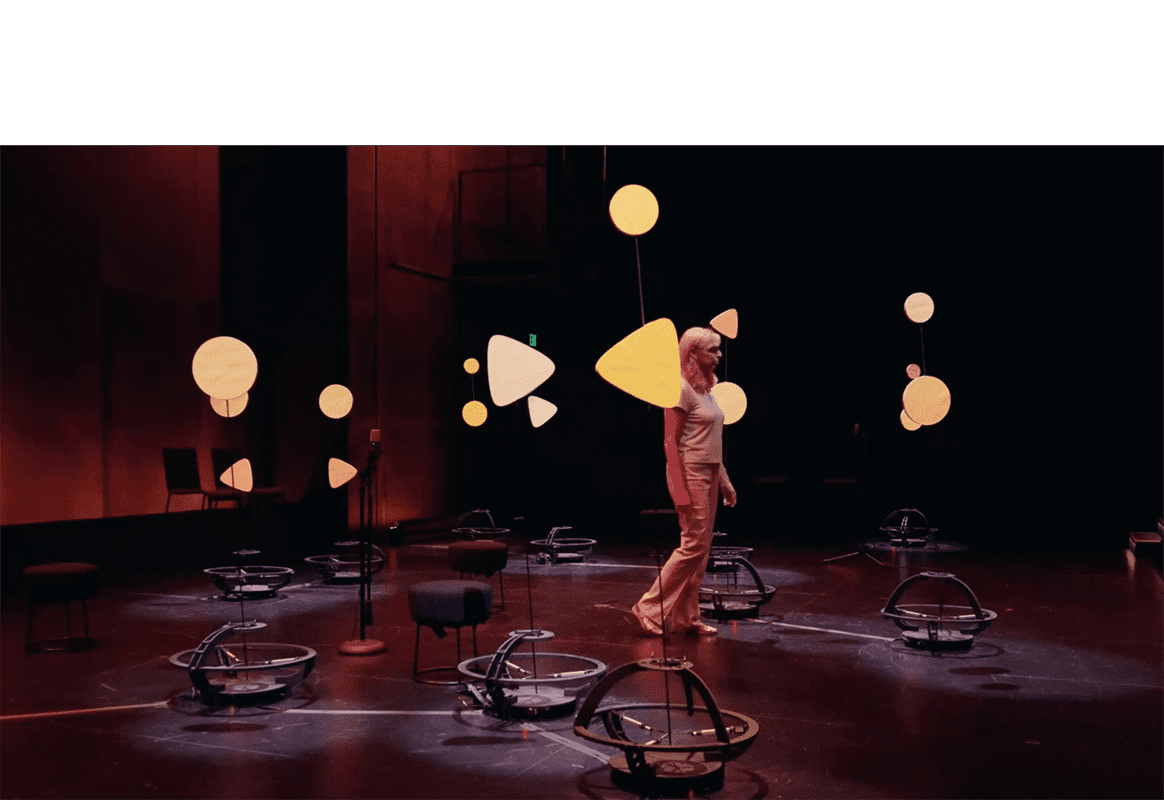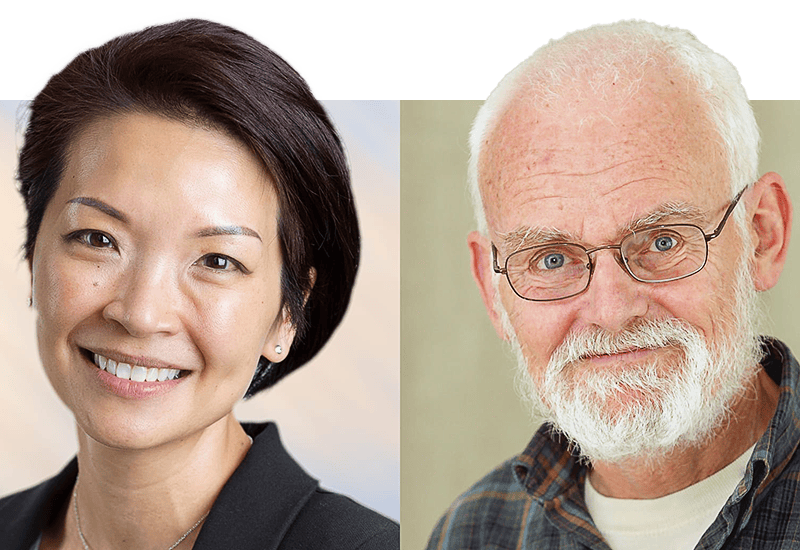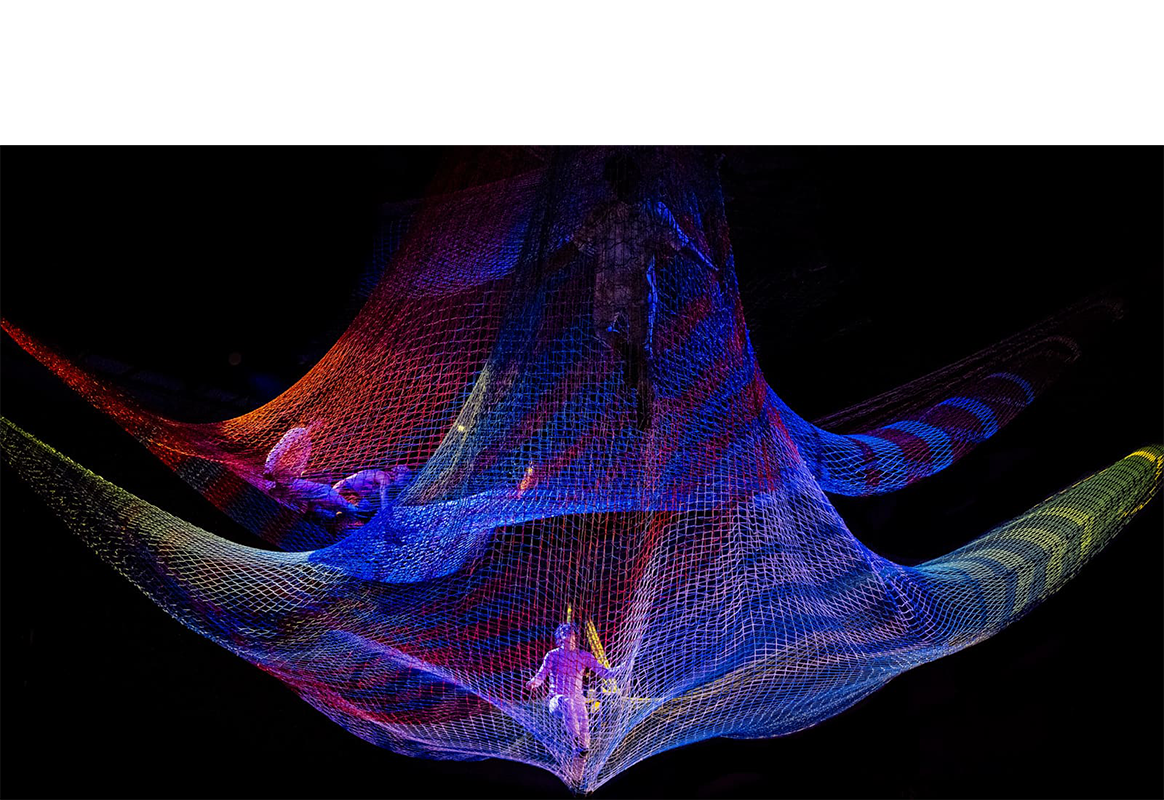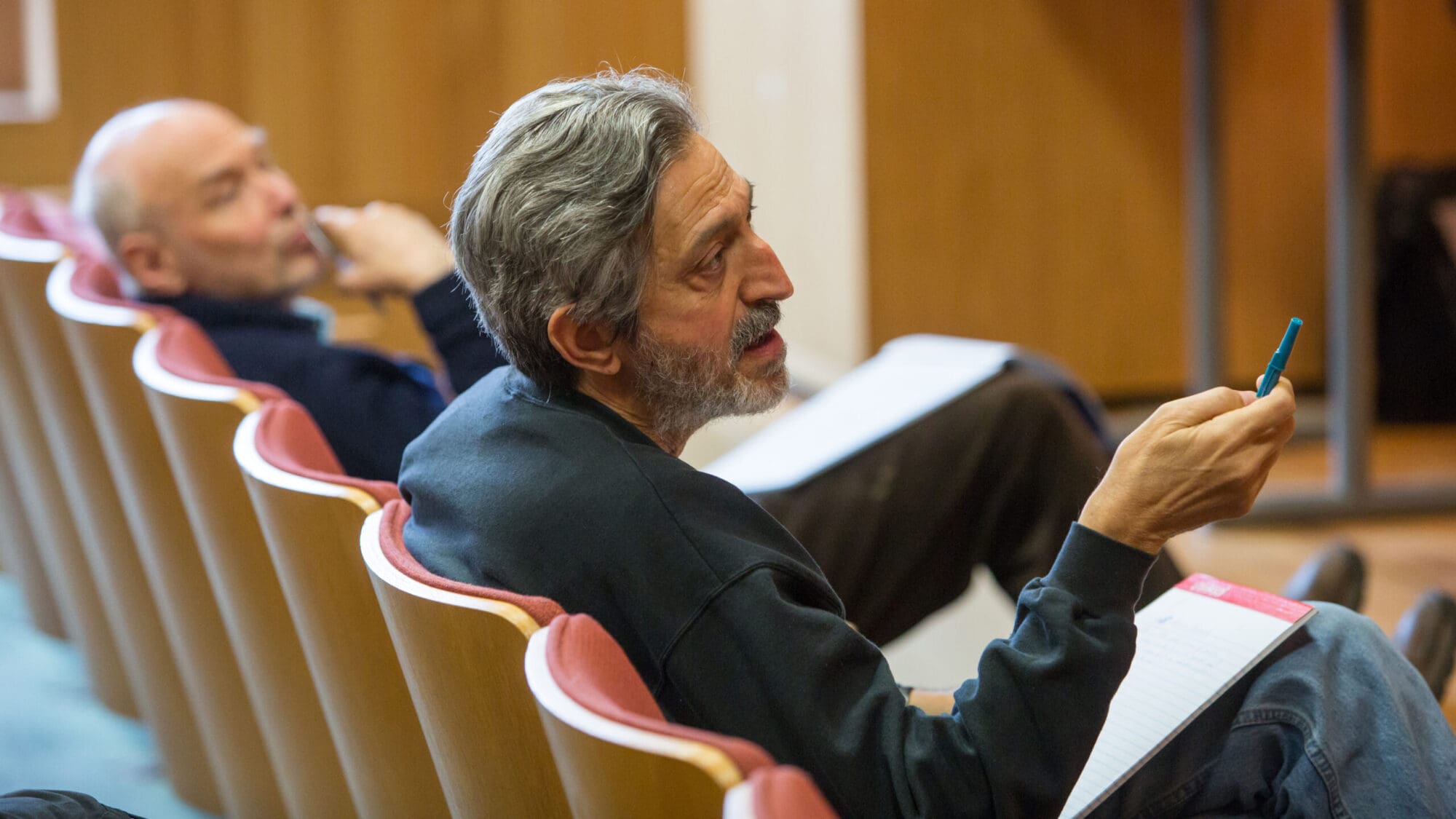Related News

Rhythm bots explore human-machine interface through dance

Two professors, four alumni elected to National Academy of Engineering

Stretching boundaries, literally and figuratively

Engineering faculty honored for outstanding teaching, service and mentorship

Tools to navigate an uncertain world: ORFE department celebrates a quarter century
